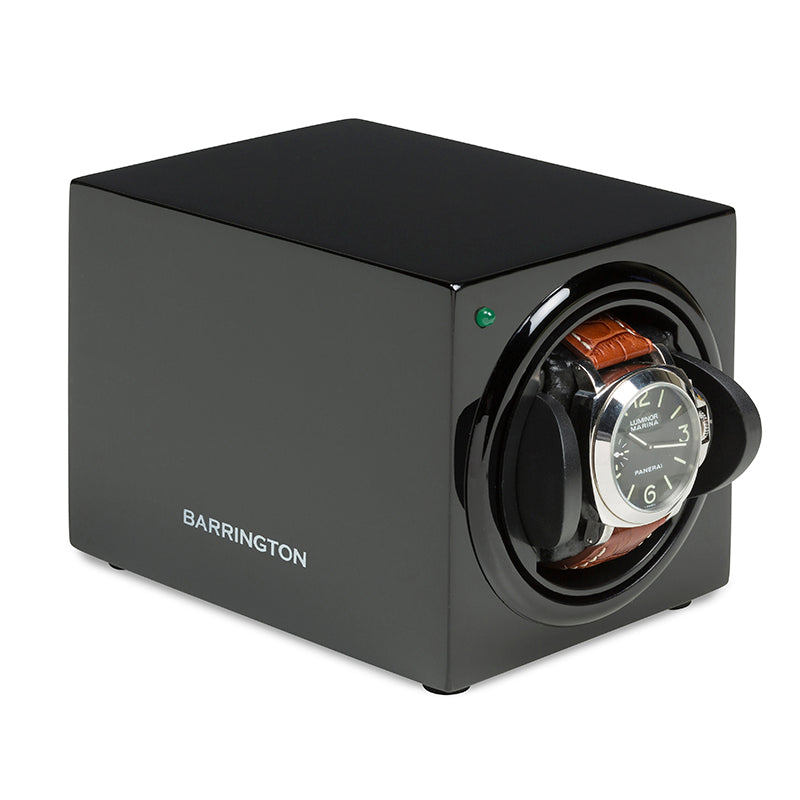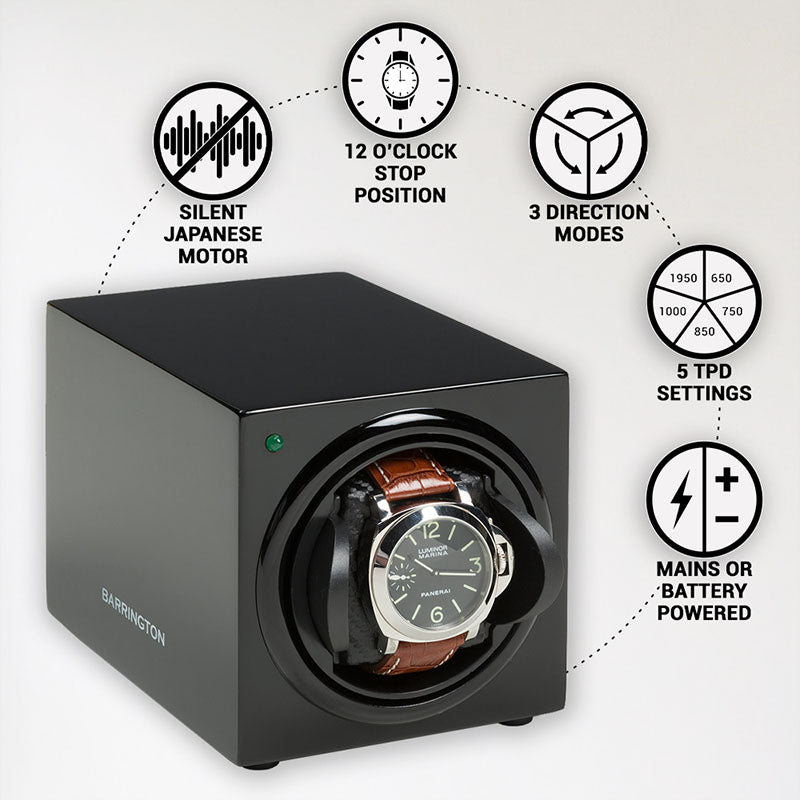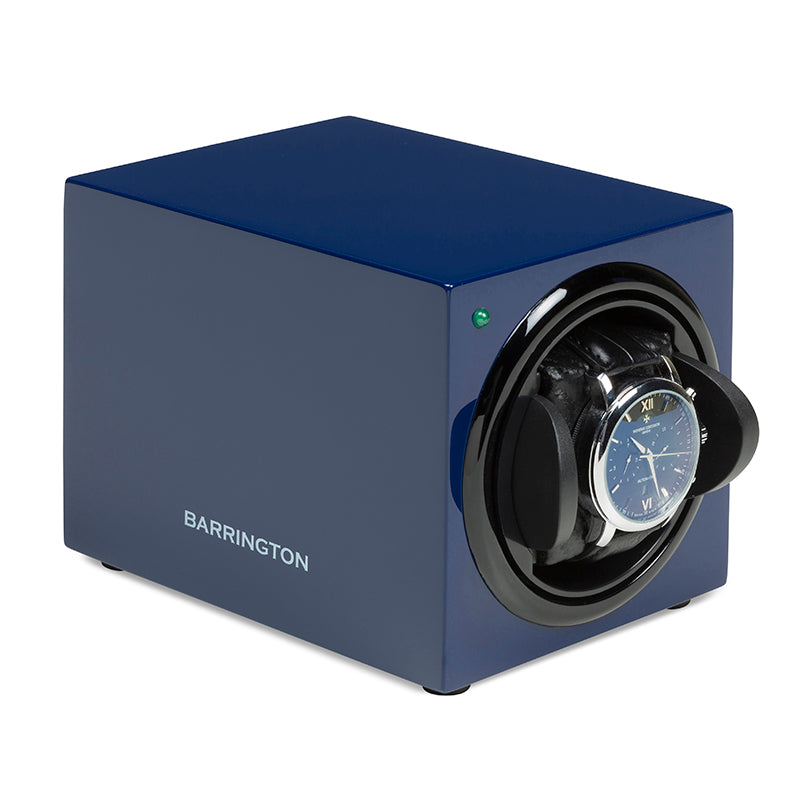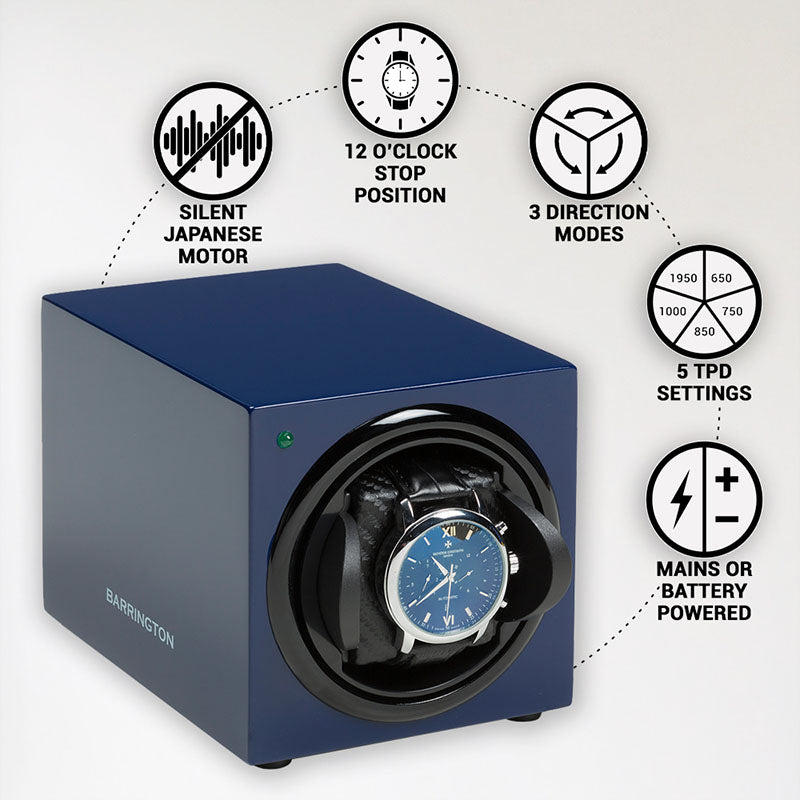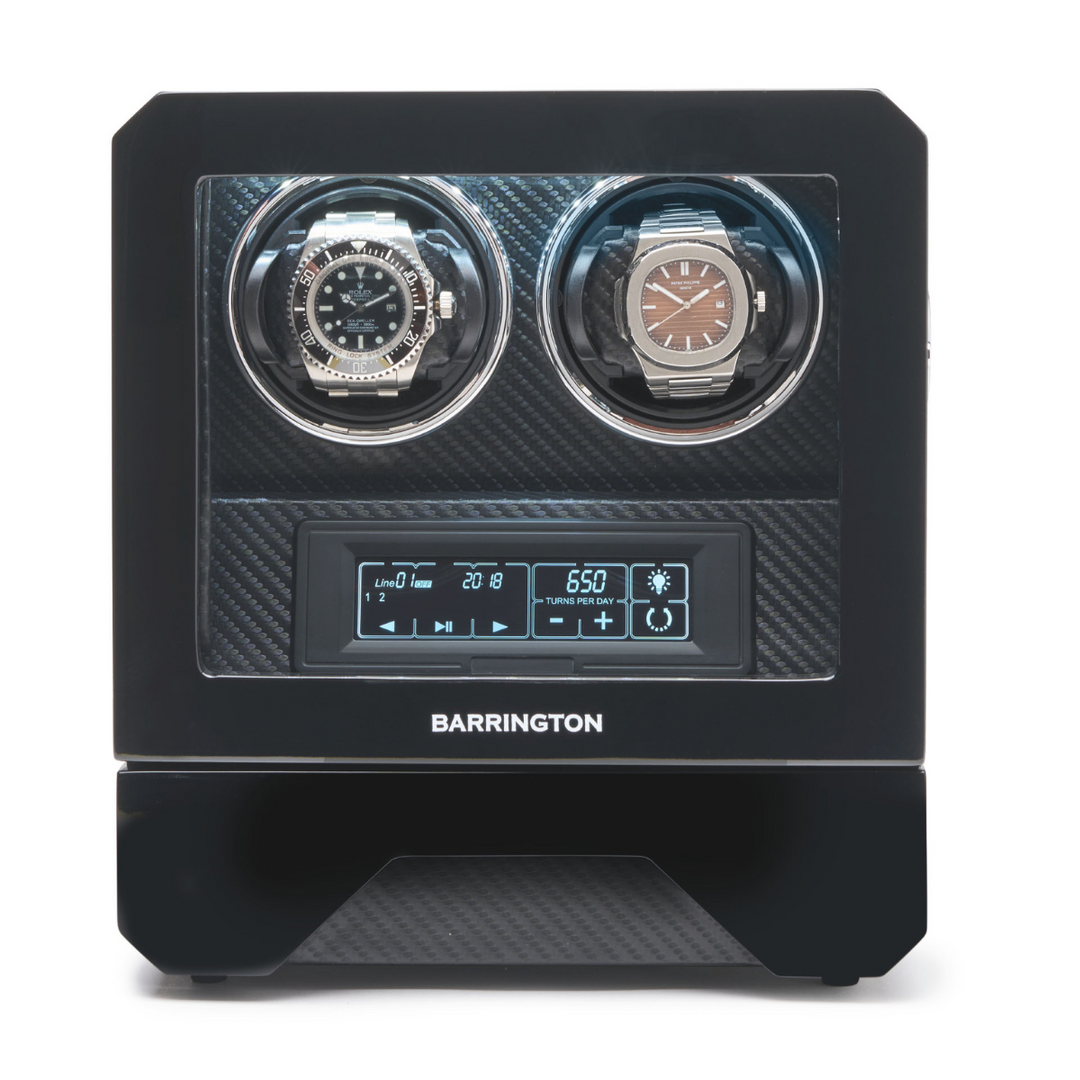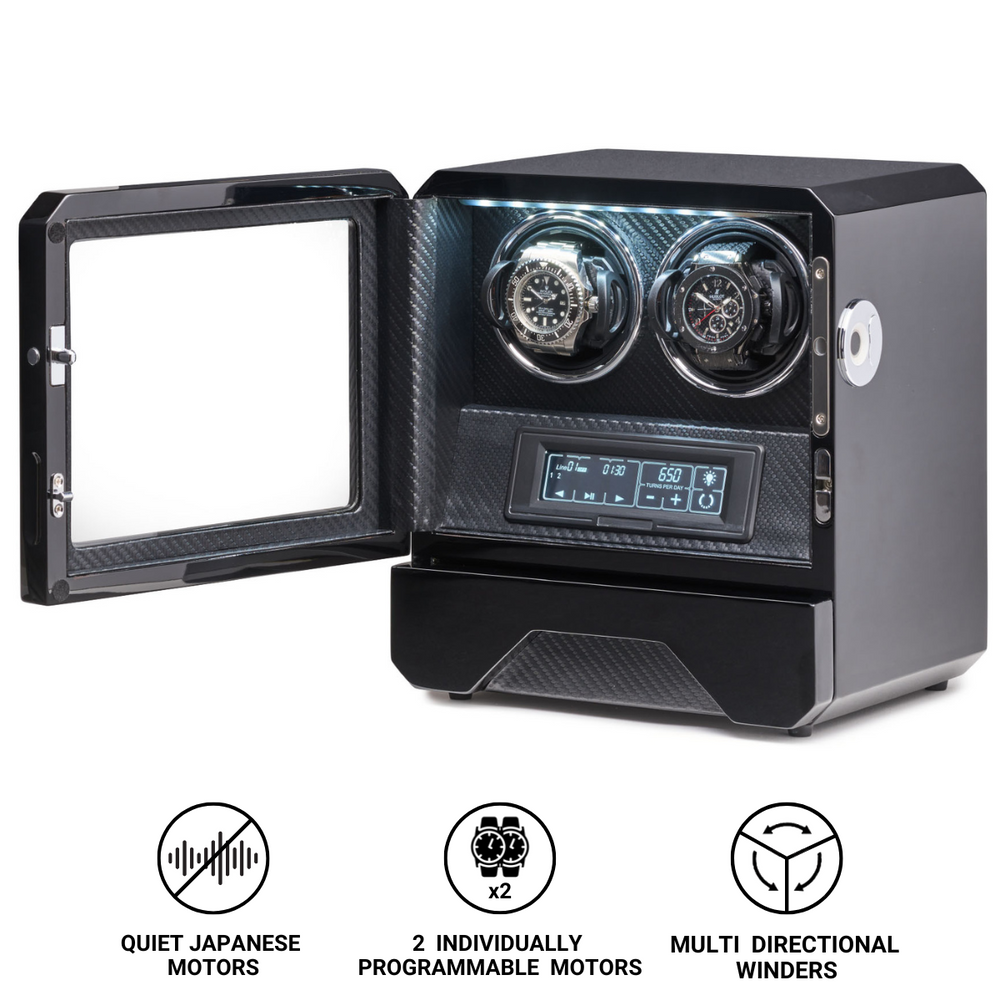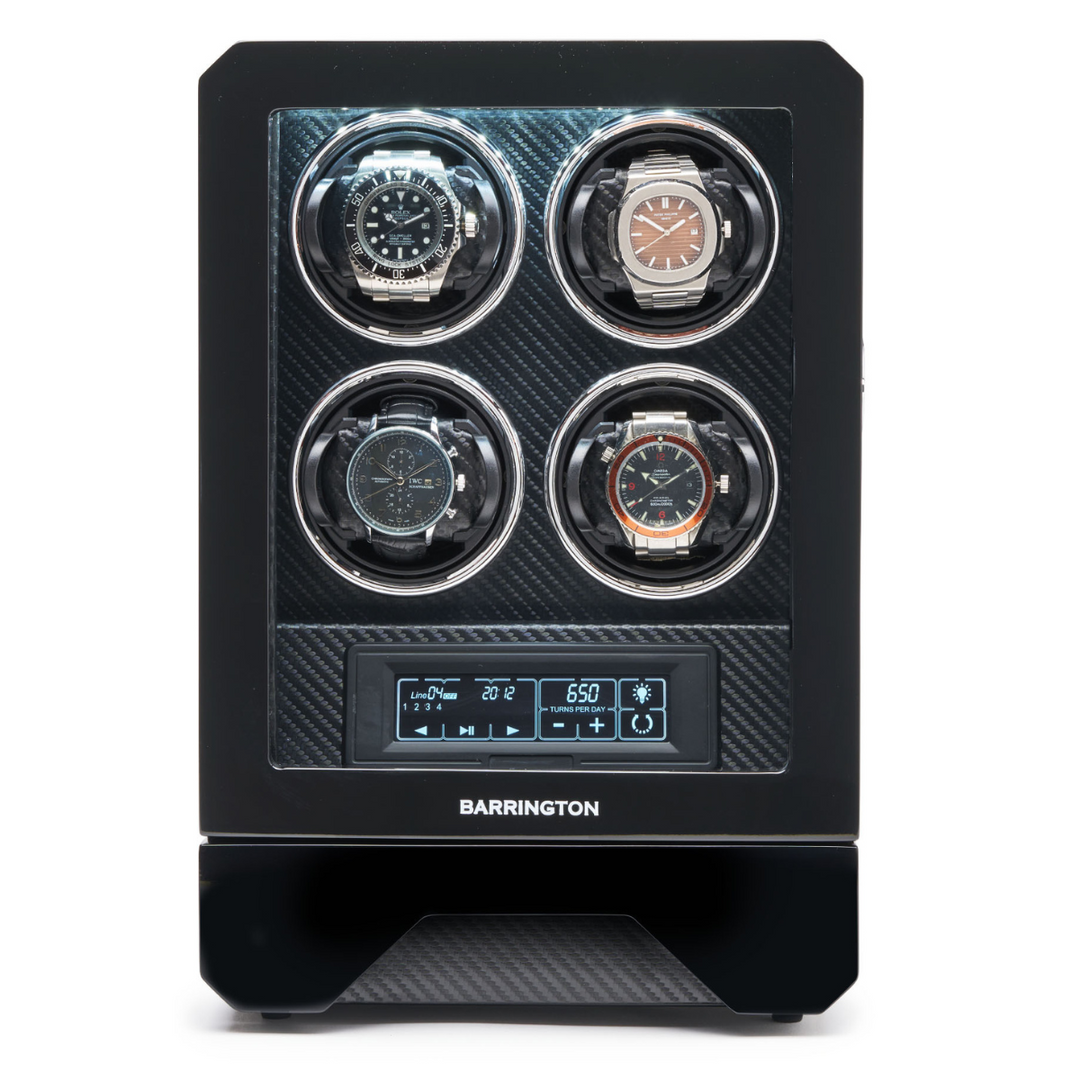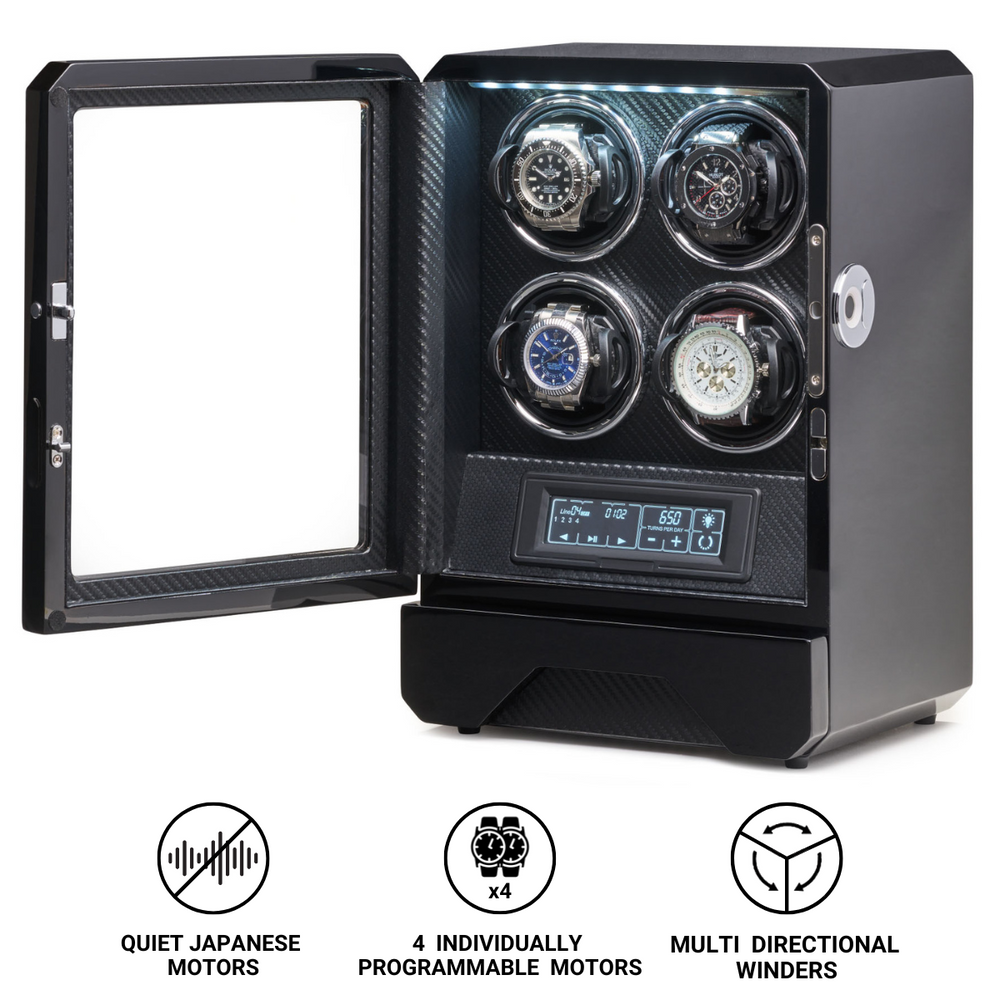What is Exhibition Stand?
In the world of horology, where craftsmanship, heritage, and precision are paramount, presentation holds a vital role. The exhibition stand, whether at a global watch fair, a boutique showroom, or a travelling event, serves as the stage upon which a brand tells its story. It is not merely a physical structure for displaying watches but an immersive environment designed to convey identity, emotion, and excellence.
The exhibition stand is where the artistry of watchmaking meets the art of presentation. Every surface, light, and angle is carefully planned to highlight the beauty of the timepieces on display and to express the values of the brand behind them. For collectors and enthusiasts, it is often their first physical encounter with a watch that they may have only seen in photographs, and for the brand, it is an opportunity to transform admiration into desire.
The Purpose and Importance of the Exhibition Stand
An exhibition stand’s purpose extends far beyond simple functionality. It serves as a medium of communication between a watch brand and its audience. In an industry built upon heritage and prestige, the stand becomes a tangible embodiment of a brand’s philosophy.
At major international fairs such as Watches and Wonders Geneva or the now-historic Baselworld, exhibition stands are monumental expressions of creativity and innovation. They are designed not only to display products but to immerse visitors in the brand’s world. The layout, architecture, materials, and even scent contribute to an experience that appeals to the senses as much as to the intellect.
For smaller watchmakers, an exhibition stand can be the most important marketing investment of the year. It provides a platform to introduce new collections, meet retailers, and build relationships with journalists and collectors. A well-conceived stand can convey professionalism, confidence, and authenticity, while a poorly executed one can undermine even the finest products.
The exhibition stand is, in essence, the physical manifestation of storytelling. It translates brand identity into space, inviting visitors to understand not only how a watch looks, but what it represents.
The Evolution of Watch Exhibition Design
The concept of displaying watches at exhibitions has evolved dramatically over the past century. In the early 20th century, watch fairs were modest affairs, with brands presenting their collections in small showcases, often behind glass counters. The focus was purely functional: to allow buyers and journalists to inspect the pieces.
By the mid-20th century, as brands like Rolex, Omega, and Patek Philippe gained global recognition, exhibitions became more sophisticated. Stands began to reflect brand prestige, featuring elegant woodwork, velvet-lined showcases, and symbolic motifs.
The transformation accelerated in the late 20th and early 21st centuries. With the globalisation of luxury markets and the rise of experiential marketing, watch brands recognised that presentation could be as important as the product itself. Exhibition stands became architectural masterpieces, often designed by renowned studios and built using advanced materials and lighting systems.
Today, exhibition stands are immersive experiences that combine art, technology, and storytelling. Brands like Cartier and IWC create multi-sensory environments where visitors can explore not only watches but also the history, innovation, and emotion behind them. Interactive displays, digital projections, and private lounges blur the line between retail and theatre.
The Anatomy of an Exhibition Stand
Designing a successful exhibition stand requires an understanding of both aesthetics and function. The stand must captivate the visitor while facilitating the practical requirements of presentation, security, and comfort.
A well-designed exhibition stand typically includes several key components:
-
Display Area
The focal point of any stand is the area where the watches themselves are displayed. These spaces must ensure optimal visibility while maintaining security. Display cases are often made of high-quality glass with anti-reflective coatings, and lighting is meticulously calibrated to enhance the brilliance of metals, the depth of dials, and the sparkle of jewels without creating glare. -
Brand Identity Zone
This section communicates the essence of the brand through logos, colour schemes, materials, and visual storytelling. A brand like Panerai may use nautical-inspired wood and bronze, while Hublot incorporates modern carbon fibre and bold geometric designs. Every element reinforces the brand’s DNA. -
Reception and Hospitality Area
Watches are not sold through persuasion alone; they are sold through relationships. The hospitality area, whether a simple seating arrangement or a private lounge, provides space for personal interaction, presentations, and negotiations. In high-end stands, clients may be offered refreshments, private viewing rooms, and concierge-level service. -
Technical and Support Spaces
Hidden from view are the logistical areas: storage for inventory, space for brand representatives, and facilities for technical maintenance. These ensure that the stand operates smoothly throughout the event.
Every detail of an exhibition stand, from the floor material to the height of a showcase, is the result of deliberate design choices aimed at creating a seamless and memorable visitor experience.
Materials and Craftsmanship in Stand Design
Just as a watch is defined by the precision of its materials and finishing, so too is an exhibition stand. The materials used in its construction must reflect the quality and philosophy of the brand.
Luxury watch brands often employ natural materials such as wood, leather, marble, and glass to evoke craftsmanship and authenticity. Stainless steel and polished aluminium are used to suggest modernity and precision, while warm lighting softens the atmosphere, creating an inviting environment that encourages closer inspection of the products.
In recent years, sustainability has become an important consideration. Many brands now incorporate eco-friendly materials, reusable structures, and modular systems that can be reassembled for multiple events. This shift reflects a growing awareness within the industry of environmental responsibility and long-term value.
Lighting plays perhaps the most crucial role in exhibition stand design. It is the watchmaker’s equivalent of stage lighting, capable of transforming the viewer’s perception. Carefully positioned spotlights highlight the details of a dial or the facets of a gem-set bezel, while ambient lighting sets the emotional tone.
The Role of Architecture and Design Philosophy
An exhibition stand is a form of temporary architecture, and the best examples are conceived with the same care as permanent buildings. Many major watch brands collaborate with leading architects and design agencies to create stands that reflect their ethos.
The architectural language of each stand often mirrors the brand’s aesthetic. A minimalist brand such as Nomos Glashütte may opt for clean lines, neutral tones, and understated displays, emphasising Bauhaus simplicity. In contrast, a brand like Roger Dubuis might favour bold structures, sharp angles, and dramatic lighting to convey avant-garde energy.
Designers must balance spectacle with intimacy. While a stand should attract attention from afar, it must also create a personal experience once the visitor steps inside. The space should flow naturally, guiding guests from one area to another without confusion, allowing them to absorb information and emotion at a comfortable pace.
The challenge lies in expressing a timeless brand identity within a temporary structure. The most successful stands achieve this by combining tradition with innovation, much like the watches they display.
Watch Exhibitions and Iconic Stands
Over the decades, some exhibition stands have become as legendary as the watches themselves. Baselworld, once the centre of the horological world, was renowned for its towering multi-storey pavilions. Rolex’s stand, for example, embodied architectural grandeur, with its green and gold palette, waterfall installations, and refined symmetry. Patek Philippe’s two-storey booth was a temple of elegance, blending Swiss tradition with understated luxury.
At Watches and Wonders Geneva, modern design dominates. Cartier’s stand resembles a boutique interior, rich with red lacquer and gold accents, while IWC Schaffhausen frequently reimagines its exhibition space around themes such as aviation or engineering, complete with cockpit-style displays and industrial materials.
Independent brands also use exhibition stands to express creativity and individuality. MB&F, for instance, often presents its watches in art gallery-inspired environments, emphasising the sculptural nature of its horological machines. Similarly, H. Moser & Cie has been known to employ minimalistic, humour-infused designs that reflect its irreverent spirit.
Each of these stands does more than display watches. It tells a story, evokes emotion, and reinforces the brand’s identity in the minds of visitors.
The Role of Technology in Modern Exhibition Stands
Technology has revolutionised the way watches are presented at exhibitions. Digital integration has made it possible to create immersive, interactive environments that engage visitors on multiple levels.
Touchscreens and digital catalogues allow guests to explore collections in detail, view specifications, and even configure custom designs. Augmented reality (AR) applications enable users to visualise watches on their wrists, while high-definition video walls provide dynamic storytelling opportunities, showing the craftsmanship behind each timepiece.
Some stands incorporate motion sensors and projection mapping, allowing displays to react to visitors’ movements or to highlight specific watches dynamically. Others feature soundscapes and ambient effects that complement the visual experience.
Yet, amid all this technological sophistication, the physical presence of the watch remains paramount. Technology enhances but never replaces the tactile pleasure of holding a finely crafted timepiece and feeling its weight and texture.
The Psychological and Emotional Dimension
An effective exhibition stand does not simply appeal to logic; it appeals to emotion. In luxury watchmaking, where the product often transcends utility, creating emotional resonance is essential. The design of the stand, the lighting, the music, and even the scent are orchestrated to create an atmosphere that evokes admiration, comfort, and aspiration.
The experience of stepping into a brand’s exhibition space should feel like entering another world—a place where time slows down, and craftsmanship takes centre stage. Every detail, from the layout to the hospitality, contributes to a lasting impression that extends far beyond the event itself.
This emotional connection is what transforms a visitor into a customer and a customer into a loyal collector.
Conclusion
The exhibition stand is far more than a stage for displaying watches. It is a manifestation of a brand’s soul, a temporary cathedral dedicated to craftsmanship, precision, and emotion. Through architecture, materials, lighting, and storytelling, it captures the essence of watchmaking and translates it into a physical experience.
From the grand pavilions of Geneva to the boutique showcases of independent artisans, exhibition stands continue to define how the world perceives horology. They are places where art and engineering meet, where timepieces are not merely shown but celebrated.
In the gleam of glass, the glow of light, and the quiet ticking of a movement under glass, the exhibition stand becomes a symbol of what watchmaking truly represents: not just the measurement of time, but the celebration of it.


